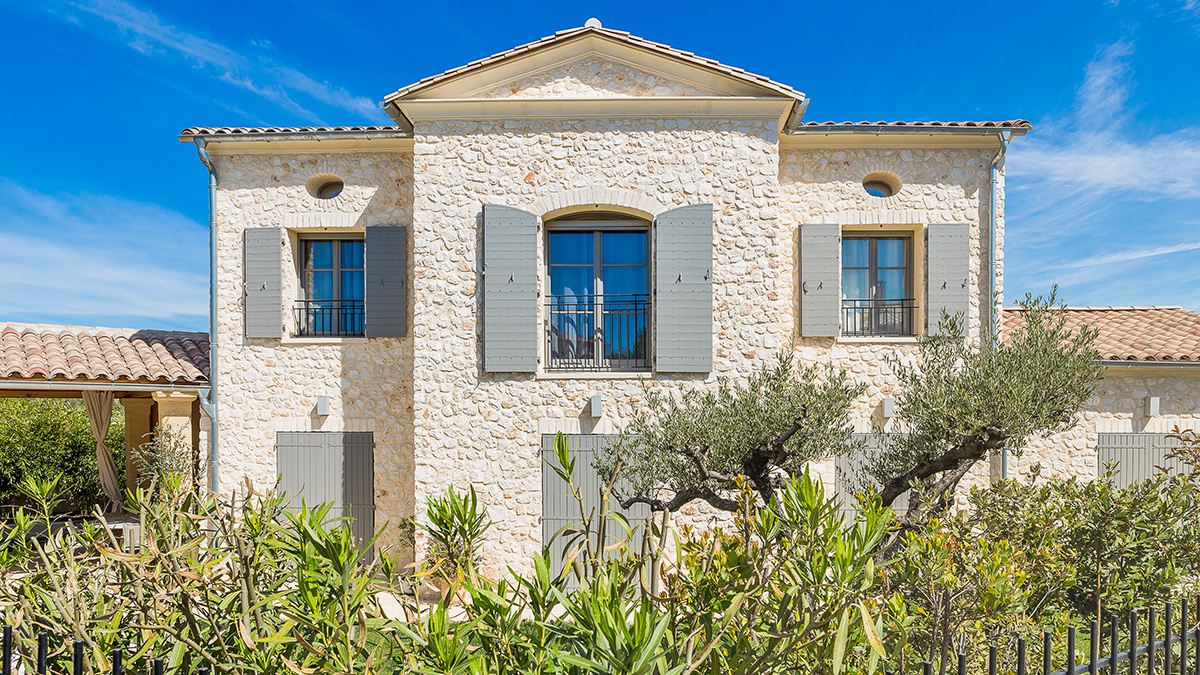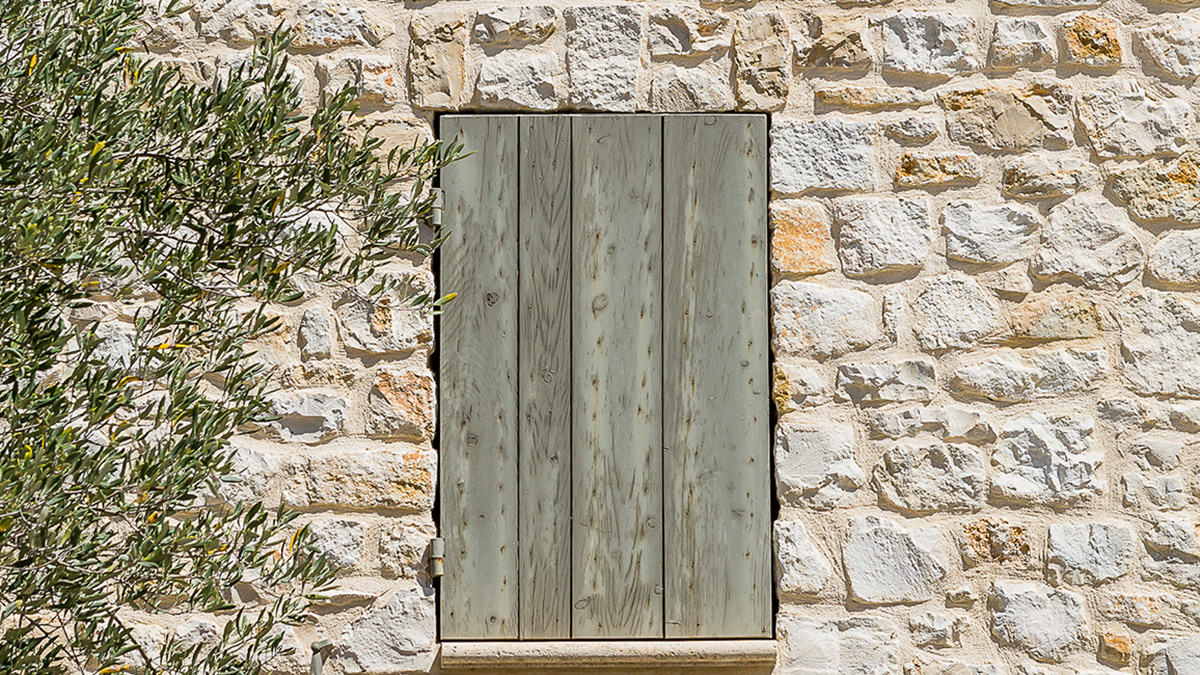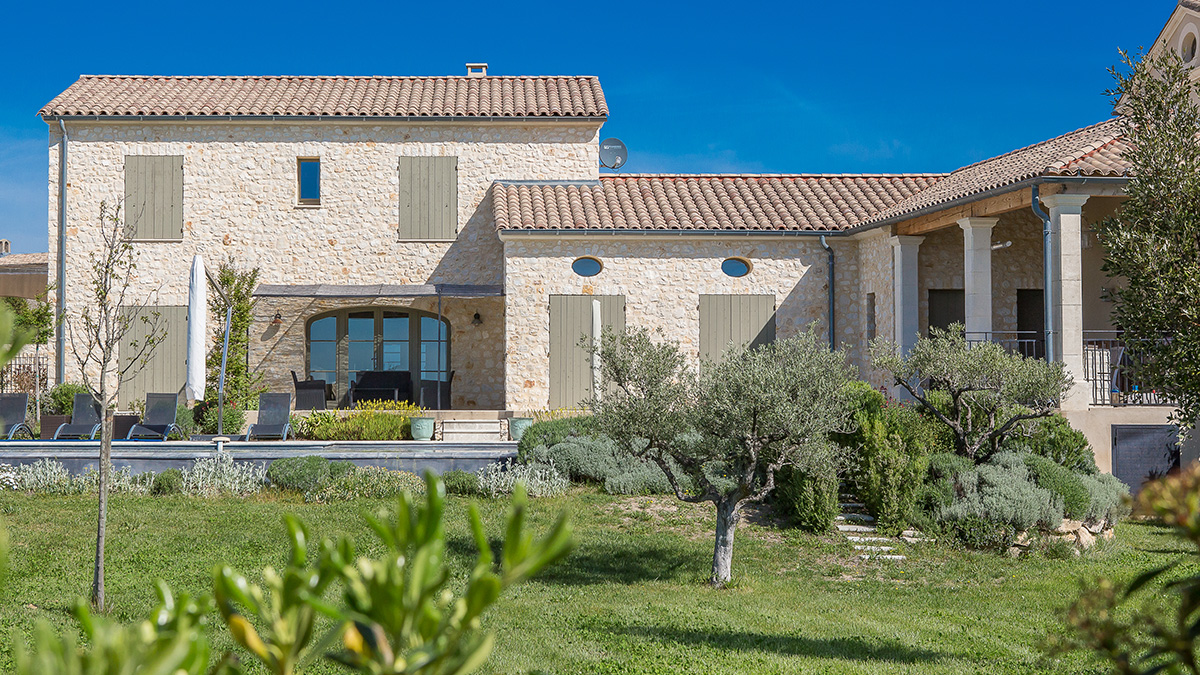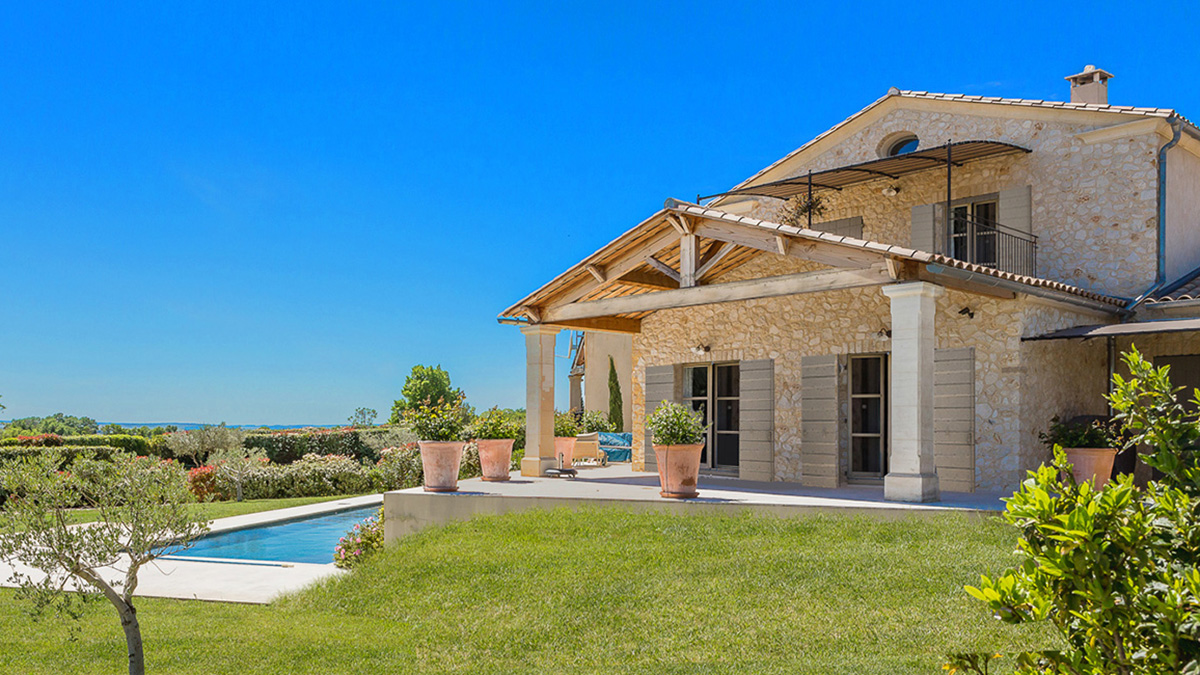“When homes merge with their environment”, Le Républicain d'Uzès et du Gard, Thursday 11th to Wednesday 17th October 2018
12-12-2019Here is the article published in “Le Républicain d'Uzès et du Gard” in issue number 3707 (Thursday 11th to Wednesday 17th October 2018):
“IN A FEW MONTHS, the east edge of the village of Garrigues‐Sainte‐Eulalie has been transformed. A new area called “Le Hameau du Temple” has been created, with stone farmhouses designed by Opus Développement. Their philosophy? Integrate their houses into the environment, without spoiling it. “We work with context in mind. It’s more important that a project becomes a harmonious part of its surroundings than it flatters the ego of its architect,” explains Alain Clauzel, Architect DPLG (certified by the government) and chairman of Opus Développement.
It is also called vernacular or mimetic architecture: buildings that subtly integrate their existing environment. “It’s a sort of “grafted” village. Once established, the project takes root. The idea is that after a while, there are no markers remaining of the time of construction. People shouldn’t be able to guess the age of the house.” To achieve this, the architects used existing shapes and designs whilst taking into account current constraints. “We have the stone façades, the aged tiles, wooden joinery and framing, studded double shutters which are also very typical of the region... All this whilst complying with RT 2012 standards and with reversible heat pumps,” Alain Clauzel continues. A way to meet the demands of their customers, foreigners for 75%. “They are won over by Uzès and its ancient stones and want to find a village atmosphere. That’s why we offered a real street layout. Often, in developments, the houses are unaware of each other. Here, we created a connection with the house next door. It is both charming and reassuring. It’s an estate where you can chat and make acquaintances.”
Sixteen of these stone farmhouses have already been sold at Le Hameau du Temple and one is just being completed. A second area is being built just up the road, called Le Domaine du Colombier, in reference to the old dovecote nearby. Two stone farmhouses have already been built and sold but there are still three properties available. “For a 4‐bedroom farmhouse with 3 bathrooms, a summer awning, garage, swimming pool and garden, the starting price is €700,000,” says Nils Hammar, the Sales Manager. The stone farmhouses are between 120 and 160m2 on plots that are on average 1,500m2.
In the same vein, Le Domaine Terres de Lumières has also sprung up in Uzès, in rue Abel Brunyer with twelve stone farmhouses, all sold and built.



